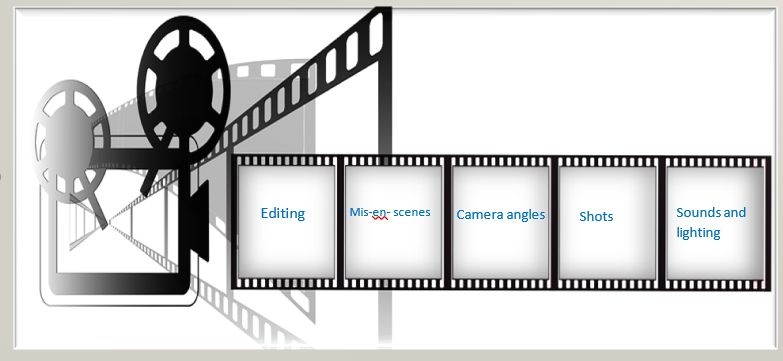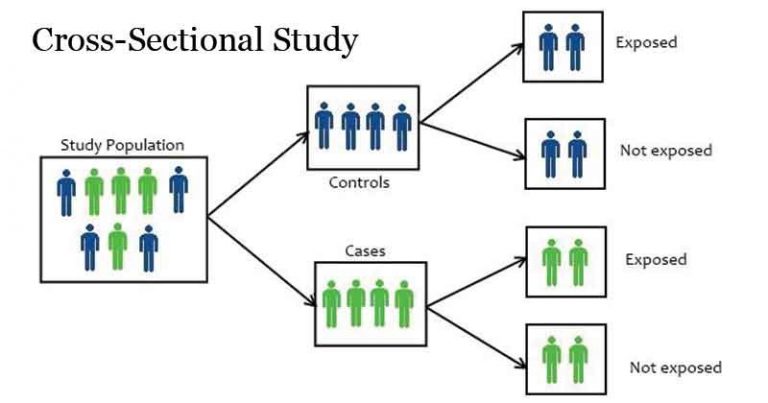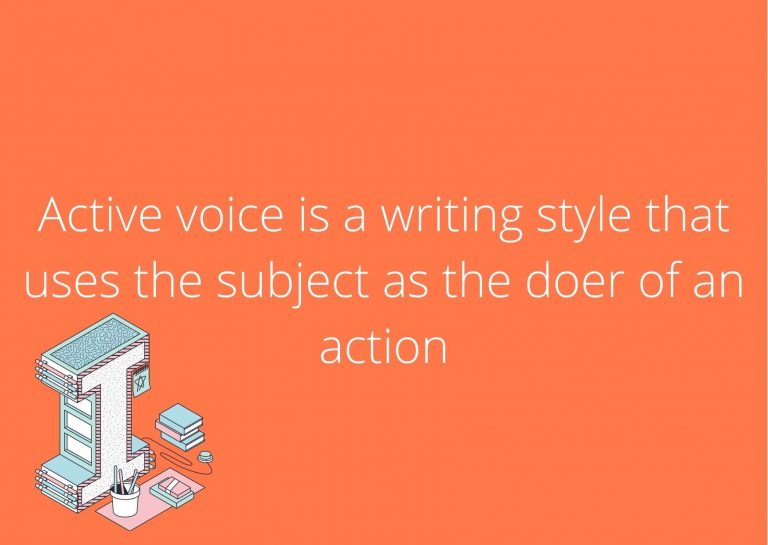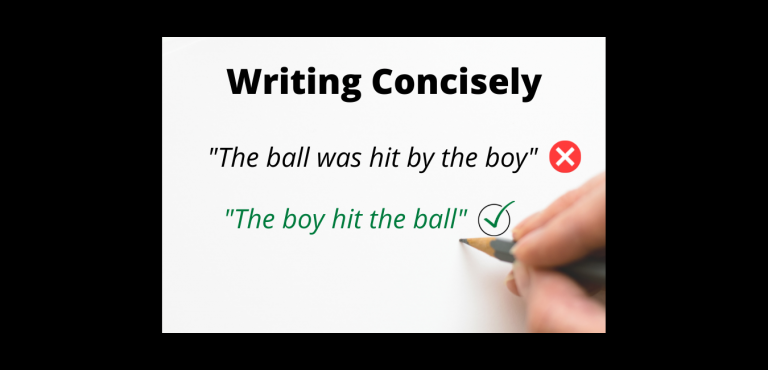How to Analyze a Film – with Examples
Do you ever watch a movie and ask yourself what the director was trying to tell us? What messages are being communicated through this film? How does the director use characterization, cinematography, editing, sound design, camera angles, or any other element of filmmaking to convey their message?
Do these techniques affect your understanding of the story at all? If so, how do they do that? This article will discuss how to analyze films and provide examples of various types of analysis.
What is Film Analysis?
Film analysis involves looking at the elements of a film and determining how they work together to convey a specific message. Elements of a film include film type, mis-en-scenes, camera angles, shots, editing, lighting, and sounds.
It is about analyzing the choices that the director and other members of the filmmaking team made during production to convey their vision. By doing so, we can unpack what these artists are trying to tell us as viewers.


What Are the Types of Film Analysis?
There are many different types of film analysis that people use. These include but are not limited to genre analysis, historical context analysis, formalist/auteurist film criticism, feminist criticism, Marxist criticism, and psychoanalytic film theory.
Each type of analysis is meant to answer a specific set of questions about how the film elements work together to create meaning. The differences between each type of analysis are rooted in how they view films and their questions about films.


Analyzing a Film
Watch the movie and take note of the following;
1. The opening scene- what does it tell us? For example, can you tell the main characters from other characters? What is the mood of this scene? The opening scene sets the mood of the film.
- Theme- what type of emotions or ideas are being conveyed through this movie? Is there a central idea/theme to the film, and how does it relate to recurring themes in our world today? Try to find one theme from each character and how their characters tie into a larger theme. For example, if there is a main idea or theme in the film, how do these characters play into that theme?


Image: When analyzing a movie, identify the main character
2. Is the film a comedy, drama, or horror? If so, what techniques are being used to convey that mood? What is the director trying to tell us by choosing specific elements of these genres?
3. What is the setting of the film? Consider how this environment contributes to the overall tone and message of the story
4. How does camera work affect our understanding of what’s happening in the main characters’ lives? Is there one single shot that stands out to you, whether it be a single closeup or a panning shot across a wide scene? How do the camera angles help you understand what’s happening in the film? Does it make you feel like you are part of the action or watching from afar? Camera movement is used to shape different meanings in the film.


Image: Observe different camera angels
- Try to observe at least 5 different types of camera angles used throughout the entire film.
- High angle shots (looking down) portray a sense of power, and low angle shots (looking up) portray a sense of vulnerability.
Closeups show specific details about the characters. Eye-level angle shoots portray a sense of equality, and a long shot shows you the relationship between characters. Panning shots are used to show movement, and tracking shots focus on a specific film element (i.e., someone’s face).
5. Who are some minor characters that play minor roles in our understanding of key plot points? What do these characters tell us about the main character (s) or the overall plot?
6. Who are some main characters that play significant roles in our understanding of the plot? Is there one character who seems to be more dominant than others, and why do you think this is so? How does their presence affect the other characters around them? What about this key character helps us understand what’s happening or why
7. What is your perspective of the film? Is there anything that you noticed in the process of watching this movie that others may have missed? Did they miss something meaningful in their analysis?
8. Is there one particular scene that stands out to you, whether it be a suspenseful scene or a comedic scene?


Image: When analyzing a film, check if there is a particular scene that stands out
9. How does your understanding of the film differ from others’ understandings based on their analysis?
10. Analyze the Mise en scene (lighting, props, makeup, costume, etc.)
- Besides sound, lighting, and camera angles, pay attention to editing. Editing allows for many different components to come together and build on the story. This is especially important in films with several subplots.


Image: Analyze the Mise en scene
11. Do semiotic analysis if some symbols and signs stand out to you.
12. Do psychoanalysis if there are mental or emotional themes that stand out to you.
13. Do a Marxist analysis if the film deals with elements about capitalism and how money can affect a family dynamic.
14. Create a psychoanalytic reading of the film if there are sexual or sexual desires being expressed.
15. Look for gendered elements, particularly through costume design or dialogue, etc.
16. Pay attention to all the above. Be honest with your own opinion as you watch the film. It will help you write an excellent essay.
How to Write a Film Analysis Essay
1. Introduce the movie you are going to analyze. This should be 1-2 sentences long. It should include the title of the movie and any critical information about its history or background relevant to your analysis.
If you wrote down any of your thoughts while watching the movie, now is a good time to go back and find something from those notes that could be used as a quote in a supporting paragraph. Once you’ve done enough research on the movie, it’s time to write the analysis.
Start writing the paper
Writing Process for Film Analysis
1) Introduction
This is where you introduce the movie; here is where the thesis statement should go. Once you have identified the genre of the film, it is time to introduce your audience to all of its elements.
This should include identifying the director, writer(s), actors, and background information, including release date, budget, etc.
Also, give a summary of the plot- just enough so that people generally know what goes on in this film. This is an essential step because it will set the tone for your paper and allow you to contextualize the movie in a larger framework.


Hence, when you get into your detailed analysis, your audience knows what you are referring to when discussing specific scenes or dialogue lines.
The intro should also explain your analysis (how you plan to look at the film) and why this is important (why others should care about understanding these issues).
Talk about other critical approaches used in analyzing this film or related films (ex., how Marxist film theory would view the film). Keep the intro short and stick to one major point.
2) Background Information
Explaining the context that influenced this film, whether it is historical or social. This can be broken down into two categories-;
· Historical Background
How was the industry-changing during the time of production? How might this have impacted how movies were made? How might this influence an understanding of the work itself?
· Social Background
What events could have influenced the film, and what might this contribute to understanding the movie?
It may be essential to include some background on one or more characters in the movie. This might also be a good time to talk about other films made at the same time that share similar ideas (ex., what themes are present in those movies as well).
3) Supporting paragraphs
Make each paragraph focus on a separate idea or theme, and keep it relatively short (no more than 3-4 sentences per paragraph).
Start with an introductory sentence that will grab the reader’s attention, provide specific details about the scene you refer to, and connect it to the more important idea or theme that your paragraph focuses on.
For example, suppose you are writing about Mulan. In that case, one paragraph could be devoted to talking about how strong and independent she is as a character, another paragraph discussing her romantic relationship with Li Shang, etc.
Show the central theme and idea of the movie. Include all of the details you researched about the movie (scenes, shots, quotes).
4) Conclusion
The conclusion should include a summary of what was discussed in the paper. This is a good place to write about how others may see this movie differently from what you have posited and possibly even connect to movies made after this one.
The movie review should portray your feelings about the film, in addition to what others may take away from it. For example, if you are writing about Mulan, what does this film say about gender roles? How has it impacted society today?
5) Works Cited
Throughout the paper, you may have noticed that there are several works used to support your ideas about the movie. The works cited section should include all of these sources in alphabetical order by last name. This list is placed at the end of the paper on a new page.
6) Images
Film analysis often includes images, but there is a specific format that should be followed. The image should be cited in parentheses immediately before referencing it in the paper, and a full citation for the image should also appear on the works cited page.
There are different ways to cite images. Most teachers require APA format for proper citation; if not – MLA. Be sure to check with your instructor on which format they prefer.
Film Analysis Paper should include an introduction, background information, supporting paragraphs (three or four), a conclusion, and a works cited page (list of works cited).
What Makes a Good Film Analysis Essay?
A successful film analysis paper should do two things:
1) Give a good understanding of the movie being analyzed
2) Successfully show how that movie relates to more significant issues, society, or ideas at work.
A film analysis essay is successful if it makes logical connections between scenes and other elements like historical context, themes, etc. Also, by using clear evidence (quotes from the film, other texts, etc.) and carefully connecting one piece of evidence to another.
Critiquing a Film Analysis Essay
A successful critique of a film analysis paper can show how the initial paper is somehow flawed. It will do so by using appropriate language and logic.
Suppose the paper says, “the director used this type of camera angle for this scene because he wanted to show the character’s feeling of sadness,” and you disagree with that statement.
In that case, your critique should point out how this particular camera angle does not necessarily suggest sadness. It should also explain why it is flawed for the paper to say so.
What Are the Characteristics of a Film Analysis Movie?
In a movie analysis paper, the key characteristics to look out for are a clear sense of purpose and direction.
The better your understanding of how a particular film fits into a more extensive history or context, the better.
For example, it’s not that difficult to write about the problematic nature of Pocahontas as “just another” European-focused movie, but take a closer look at the Disney canon, and you’ll see how important this film is for understanding the imperialist context of so many other films.


An Example of Pocahontas as an Example in Film Analysis Paper
Pocahontas was released in 1995, after The Little Mermaid (1989), Beauty and the Beast (1991), Aladdin (1992), and The Lion King (1994). It was the fifth animated Disney movie to be released in less than ten years.
A close look at the movie presents it is as yet another imperialist portrayal of Native Americans, with speaking animals included for comic relief. Still, there’s a twist this time: the main character Pocahontas is a “good” savage.
The message, then, is that if you don’t want to be dehumanized by being turned into an animal or being forced into servitude, you had better accept the superior culture and way of life brought to your shores by Europeans. In this case, it comes from England, not Spain, as in the Little Mermaid, and the message is loud and clear: be like England or die…
Summary
There is no one correct way to write a successful film analysis paper. You can follow some guidelines that will make it easier for your reader to see the logical connections between evidence and claims.
Use clear examples from the text and other texts to support your argument and paint a more vivid picture of how all the parts fit together. Make sure you use direct quotes from the film and mark them as such since that will help your reader understand what is being discussed.
You can start by giving an overview of the movie, its main ideas, themes, and any historical context you think is relevant to understanding it.
In the second paragraph, you should connect those more significant issues to the smaller parts of the text by pointing out specific things that support those larger claims.
The third paragraph presents your thesis and shows why this particular film analysis paper is essential not only for people who like to watch movies but also for those trying to understand history and culture as a whole. Remember to restate your thesis in the conclusion.




I‘m a freelance content and SEO writer with a passion for finding the perfect combination of words to capture attention and express a message. I create catchy, SEO-friendly content for websites, blogs, articles, and social media. My experience spans many industries, including health and wellness, technology, education, business, and lifestyle. My clients appreciate my ability to craft compelling stories that engage their target audience, but also help to improve their website’s search engine rankings. I’m also an avid learner and stay up to date on the latest SEO trends. I enjoy exploring new places and reading up on the latest marketing and SEO strategies in my free time.






